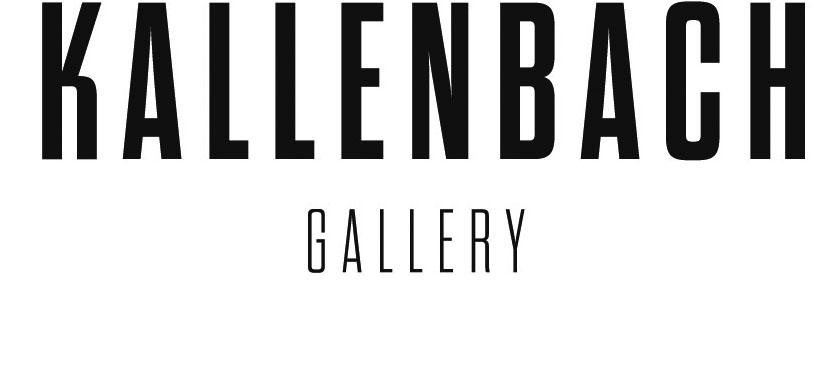WK Interact
WK Interact
(1969, living and working in NYC)
Intense and explosive; the visual power of WK Interact’s work blows you off your feet. Human figures in black and white, caught in dynamism or movement. They scream, jump, run, fly, radiating energy. His unique, often immense murals dominated parts of Manhattan. His urban street art still oozes the same raw energy as in his first struggling days when he was surviving homeless in the streets of New York.
WK Interact
The artist – born in the North of France, brought up in the lovely painter’s village St. Paul de Vence in the South of France – moved to New York in the early nineties when he was just 21 years old. He had idealized the city since he was a young boy with a great love for movies. He didn’t speak a word of English, all he had was a scrap of paper with the address of a faint acquaintance, someone he had met on a holiday in New York years earlier. Still he had a rock hard believe that he was going to build himself a life in the city of his dreams.
Younger, when he was still living in France he used to devour artist biographies in the nearby library of the private museum Fondation Maeght. Bursting with creativity and ideals he rented billboards in Nice to showcase his work. “I couldn’t imagine my work in a real museum, so why would I even try to accomplish that?’’
Interaction became his thing, his name even, long before this became the keyword of the digital world. Interaction with the location of his work, with the people living in the neighborhood, the passers by and the buildings.
Without an education, without the support of family and friends, hardly getting by with temporary jobs on building sites, he was forced to live in the streets of New York. At night he would roam the streets on his special bicycle, adjusted by him so it could carry all his painting essentials. The walls and doors of the city were his canvas. The Lower East Side, Soho en East Village were his habitat.
His work started to draw attention: the graphic in your face figurines, displaying a physical or emotional outburst became landmarks in the city. “I was surviving’’, he says, looking back. Days without anything to eat, sleeping in the streets. But always working, completely alone.
The city was testing him, he feels. It was a love-hate realtionship. ,,New York pushed me to my limits to see what I could endure. She tempted me, opened her arms for me but she asked a high price. She asked me: ‘what do you have to offer?’ I worked harder and still it wasn’t enough. She wanted more: ‘Push it more, push it further.’ I knew one thing for sure: I was never going to give up.'’
He tells exiting, sad and shocking stories about his days in the streets, where he saw people giving up, dying even. “I stayed. I took the challenge. I was sure one day I would get something back, even though I didn’t know how. I knew New York was the place for me, I had to believe in myself and be patient.’’
Location is the starting point in his work, a process consisting of many steps: photography, drawing, using the photocopy machine to create the feeling of movement. He wants his work to give a new life to a site, is always looking for interaction with the surroundings and the passers by. He is always looking for challenges in the surface, uses corners and rough surfaces.
A story in the New York Times changed his life. The paper got heaps of mail from people who were wondering about the mysterious maker of these wall paintings. Why wasn’t anybody writing about this? After the article was published, his anonymity was history. Companies were lining up for his work and he opened his own studio. ,,Very low budget, I served Chinese food at the opening.’’
Now WK Interact has risen to international fame with portraits on canvas of famous athletes like Kobe Bryant, Prince Naseem and Oscar Pistorius. He is also known for his gigantic murals in Paris (D-Day), New York (Project Brave, in memory of 9/11) and Mexico City (in remembrance of the Mexican revolution). Overwhelming pieces.
He realizes how much his life has changed now he can travel the world in luxury, from Stockholm to Japan, where eight thousand people scream his name in a venue. He still does street work, even though it has become very tough in his original working space. ,,If you make something on a wall in Soho, it gets painted over within an hour. Still I won’t stop doing this, I cherish where I come from. The city has given me so much; I feel obliged to give back with my work. My life is based on New York; I will always follow my own path.’’
